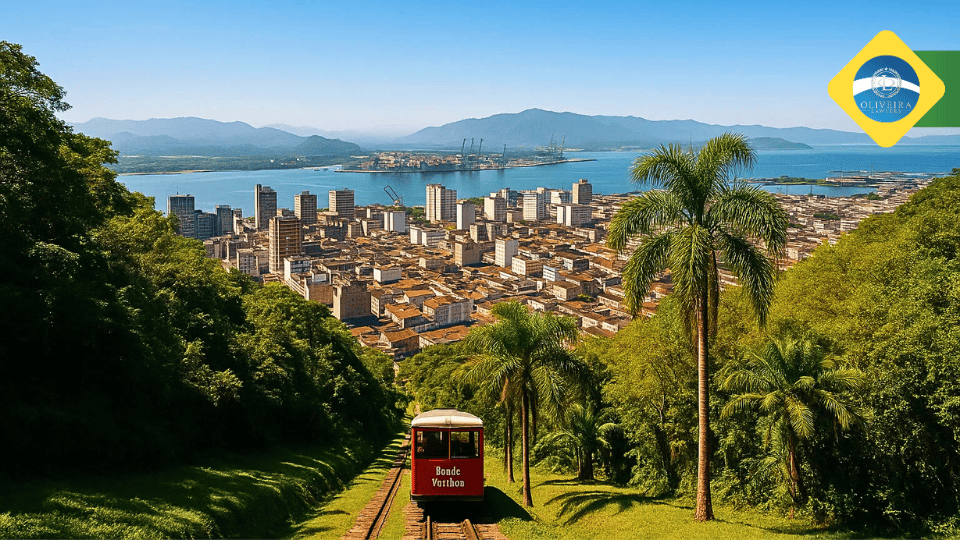São Paulo, Brazil – Economic Powerhouse and Cultural Hub

Home to Brazil’s largest metropolis and vast interior plains, Sao Paulo blends skyscrapers with coastal escapes. Many expatriates find living in Sao Paulo exciting thanks to its business districts, cultural venues and diverse neighborhoods. Top professionals working in Sao Paulo secure roles in finance, technology and creative industries. And despite higher Sao Paulo cost of living compared to other states, salaries and services often balance expenses for newcomers.
1) Sao Paulo Location and Geography
Spanning 248 222 km² in Brazil’s Southeast, the state borders Minas Gerais, Rio de Janeiro, Parana and Mato Grosso do Sul, with an Atlantic coastline near Santos. Its capital, Sao Paulo city, lies on a high plateau crossed by rivers like Pinheiros and Tiete. Many foreign residents living in Sao Paulo choose neighborhoods such as Jardins or Vila Madalena for easy access to parks, cafes and cultural attractions.
Suggested resource: Government of Sao Paulo website (www.saopaulo.sp.gov.br) for geographic and administrative updates.
2) Sao Paulo Cultural Highlights
Cultural life thrives from the Museum of Art (MASP) on Avenida Paulista to vibrant street art in Beco do Batman. Annual events like Virada Cultural 24-hour festivals and Comic Con Experience attract global crowds. Those working in Sao Paulo’s creative sectors can engage with theatre in the historic Municipal Theatre or independent galleries in Pinacoteca district.
Suggested resource: Museum of Art of Sao Paulo (MASP) official website (www.masp.org.br) for current exhibitions and cultural programs.
3) Main Cities
4) Sao Paulo Economy and Investment Opportunities
Accounting for over 30 % of Brazil’s GDP, key industries include finance, automotive manufacturing and agribusiness. The Port of Santos is Latin America’s busiest, handling coffee, sugar and container exports. Tech parks in Campinas and Sao Jose dos Campos drive innovation in aerospace and software. Despite its size, Sao Paulo cost of living remains competitive within global megacities, offering skilled labor and modern infrastructure.
Suggested resource: Federation of Industries of Sao Paulo website (www.fiesp.com.br) for data on industrial growth and business networking.
5) Sao Paulo Tourism and Nature
Beach towns like Ubatuba and Ilhabela draw surfers and snorkelers to Atlantic forest–fringed shores. Mountain retreats in Campos do Jordao offer cooler climates, artisanal chocolate shops and pine forests. Eco-parks such as Cantareira State Park provide hiking trails just north of the capital. Historic colonial towns like Sao Luiz do Paraitinga showcase traditional festivals and preserved architecture.
Suggested resource: Tourism Department of Sao Paulo website (www.turismo.sp.gov.br) for up-to-date travel itineraries and ecotourism programs.
6) Sao Paulo Lifestyle and Infrastructure
Guarulhos and Congonhas airports link Sao Paulo to major domestic and international hubs. Urban areas feature modern hospitals, top universities like USP and reliable metro and bus rapid transit systems. Major highways such as Anhanguera and Bandeirantes connect the capital to interior cities. In rural zones, regional buses and intercity trains provide essential links, while local media cover ongoing road and telecom upgrades.
Suggested resource: Folha de S. Paulo newspaper website (www.folha.uol.com.br) for local news and infrastructure developments.

